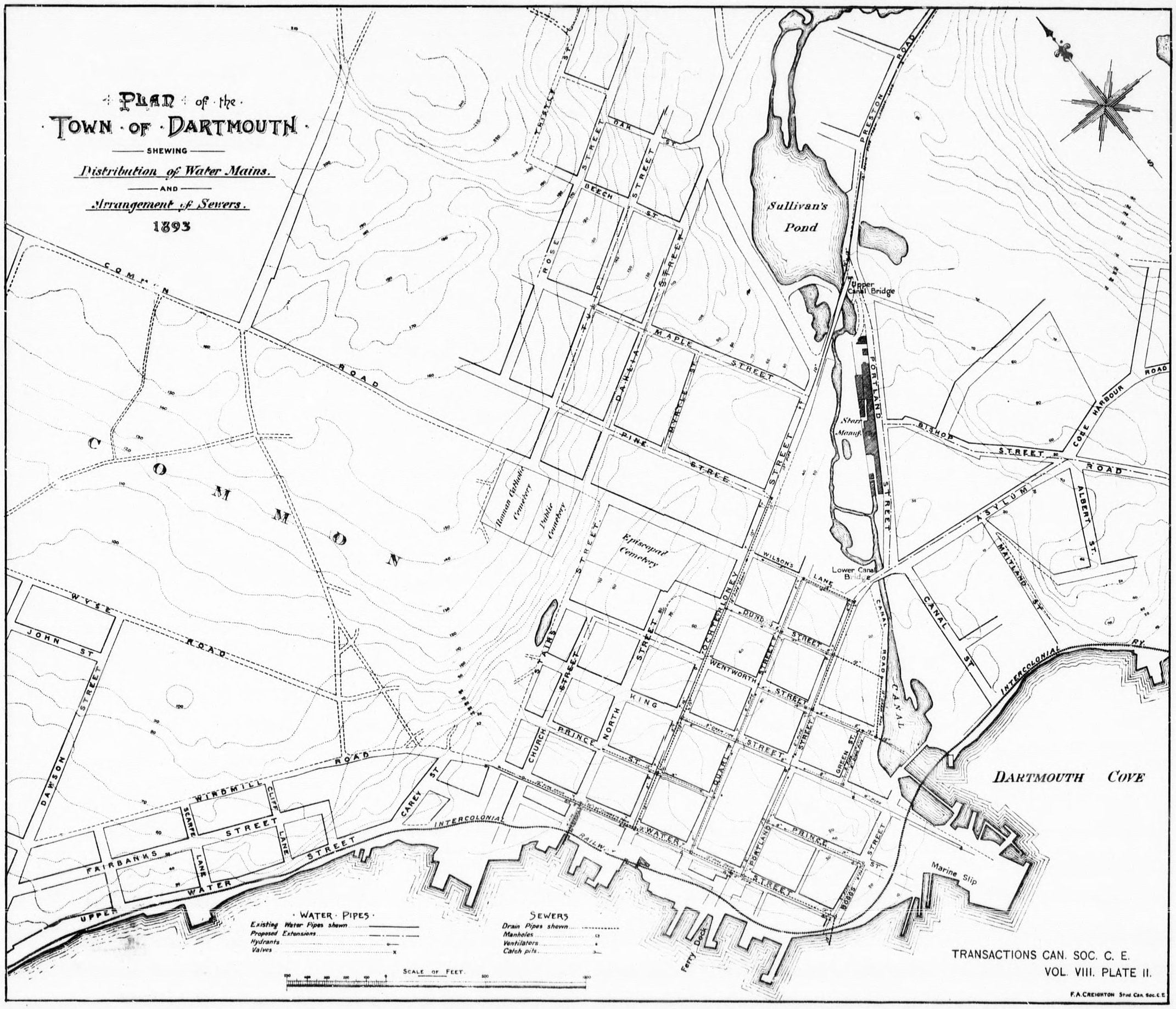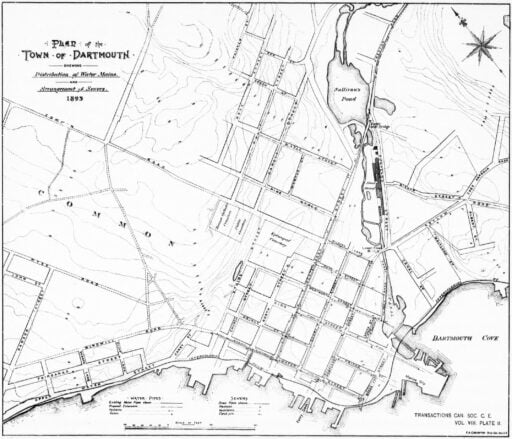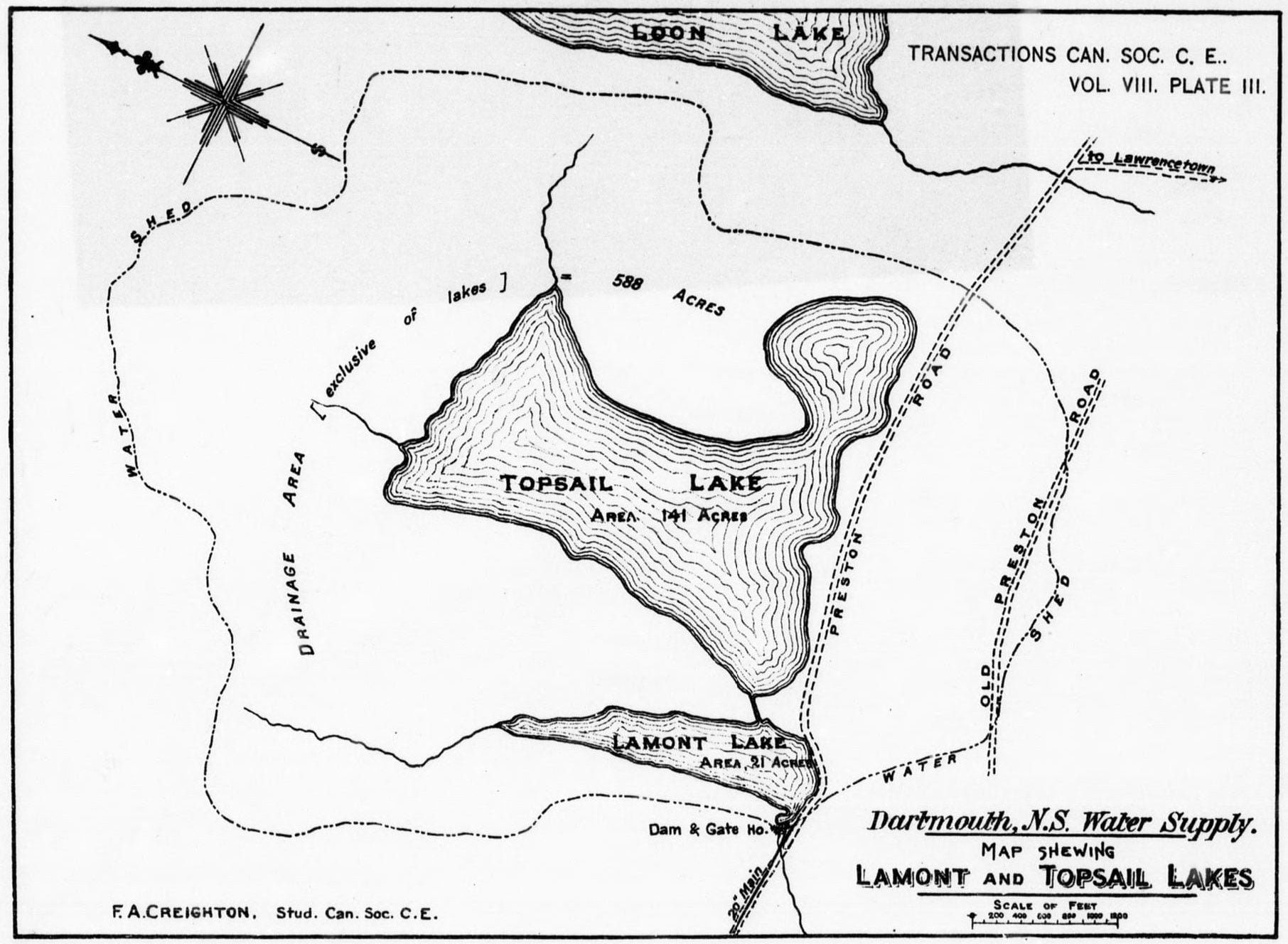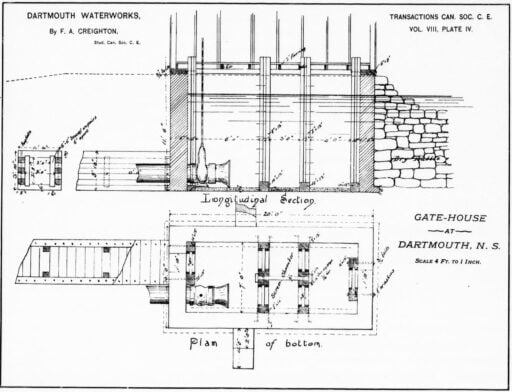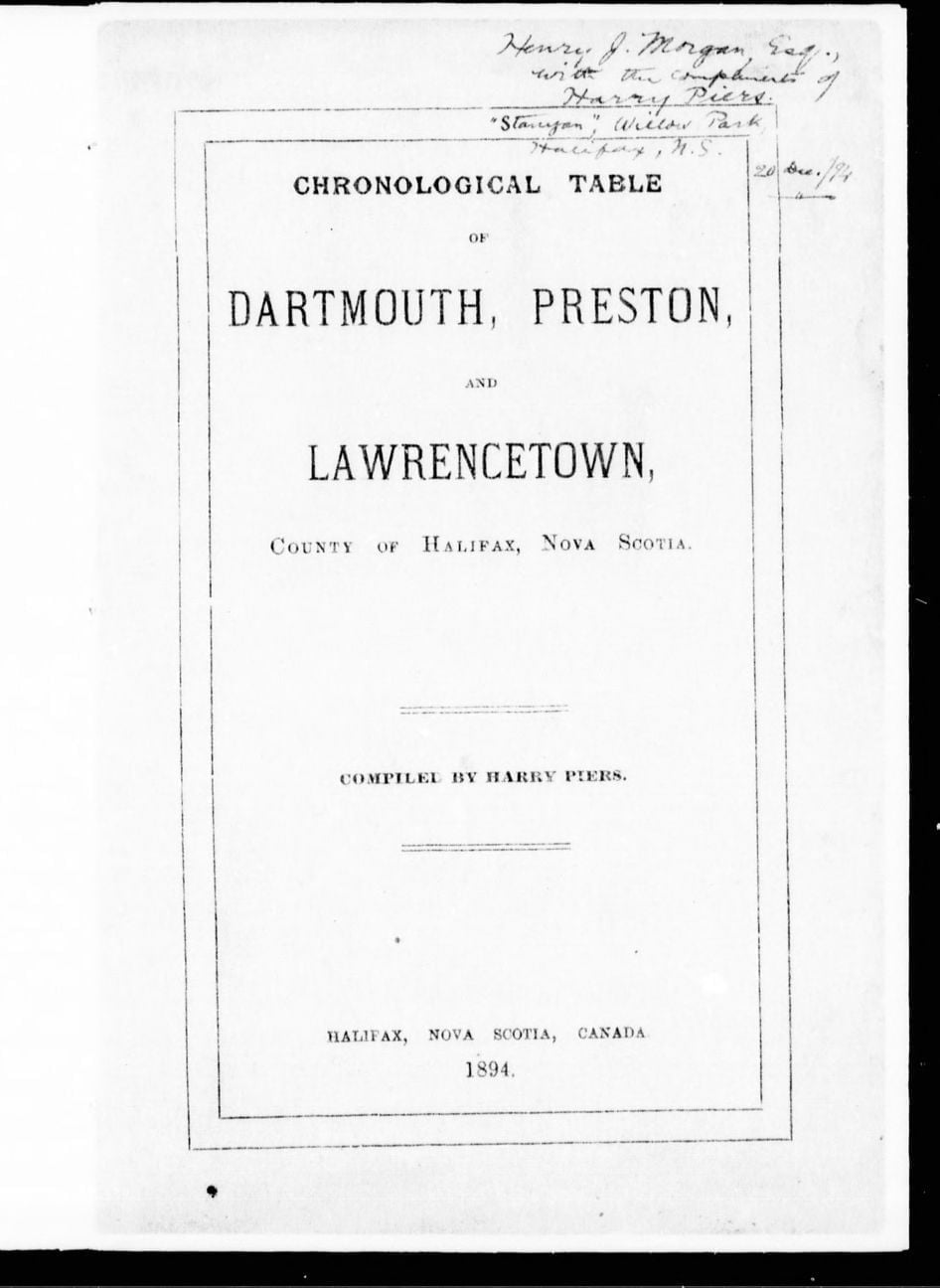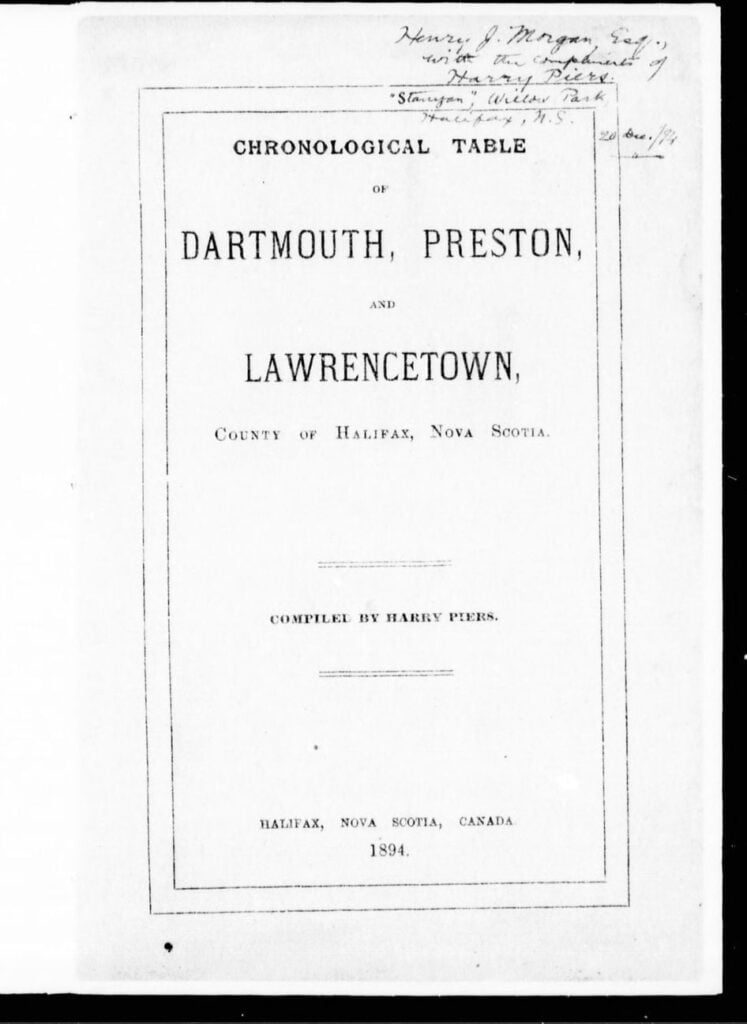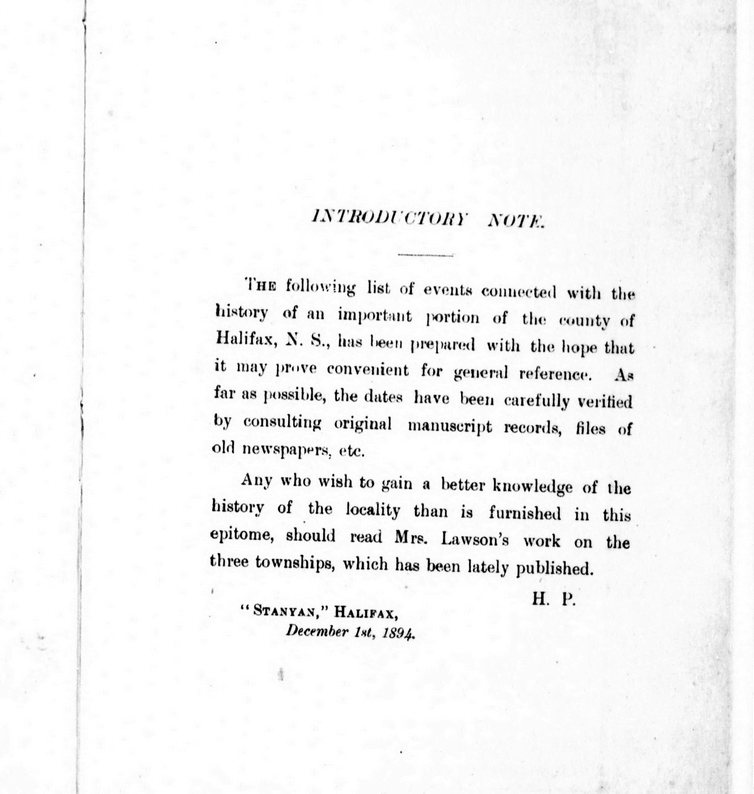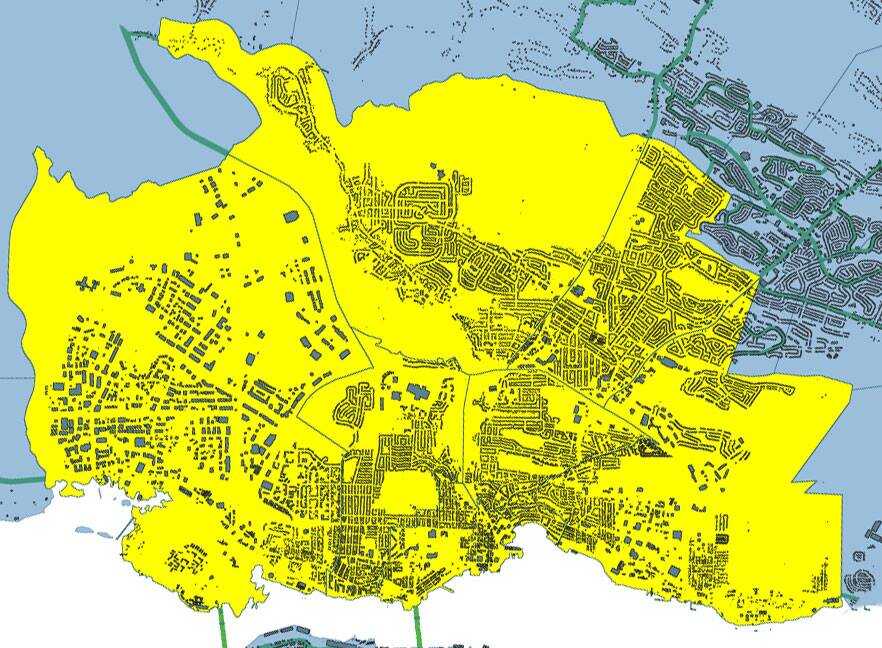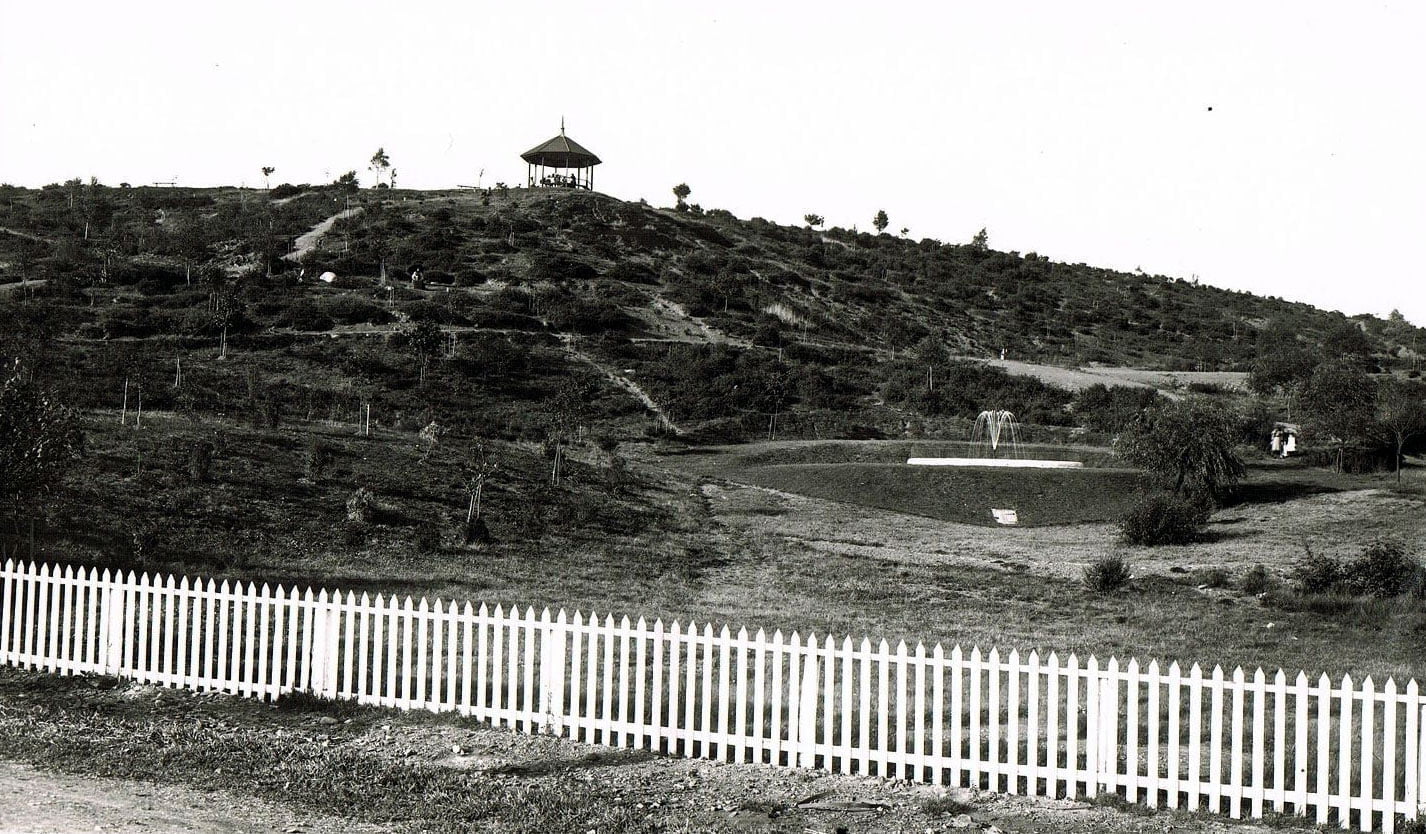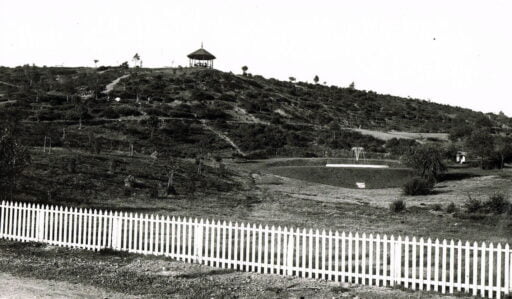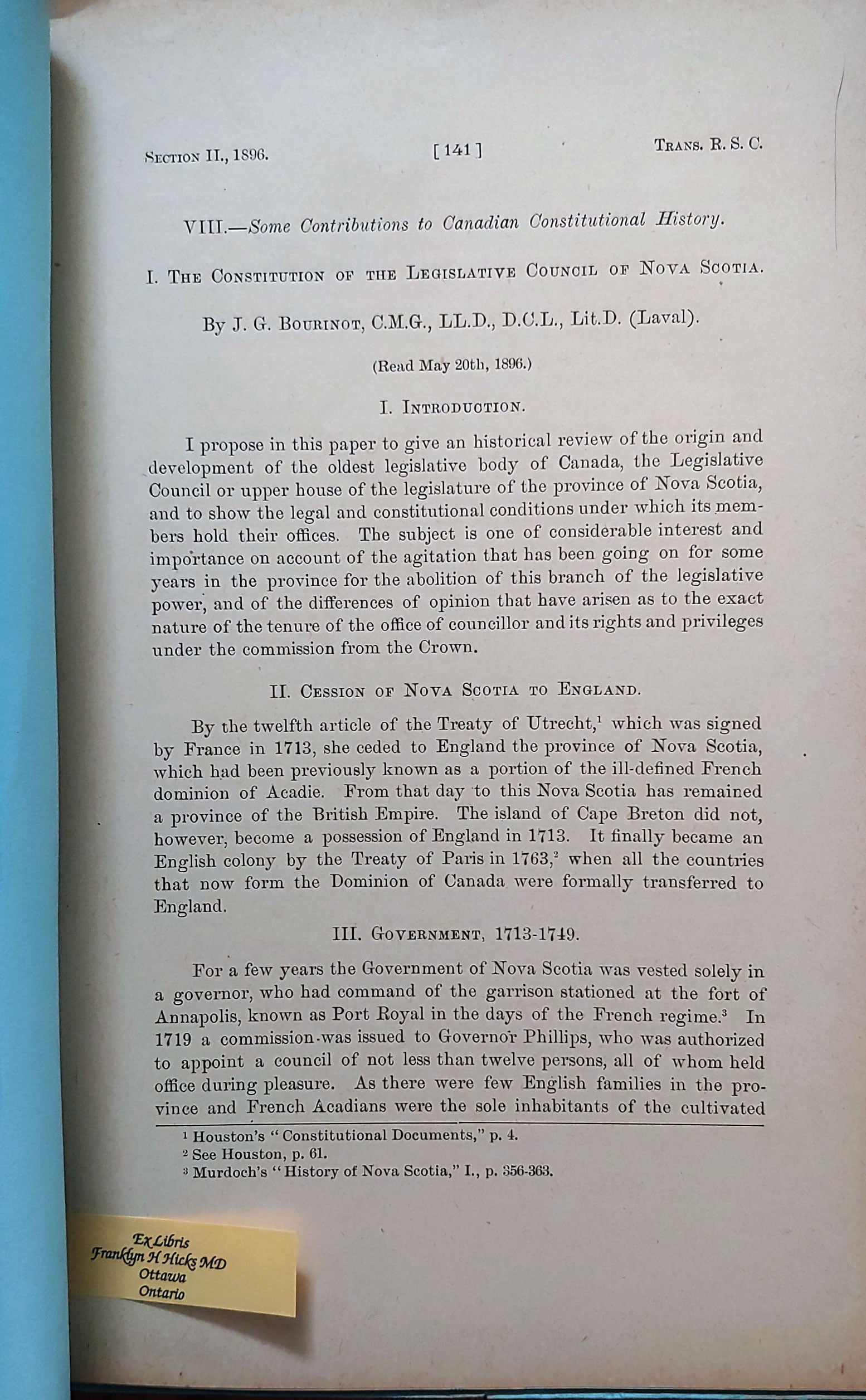
Nova Scotia’s governance evolved from a single governor to a structured system by 1719, with an advisory council. The pivotal year of 1758 saw a shift towards self-government, limiting the Crown’s direct legislative authority with the grant of an assembly. Despite the theoretical right of the Crown to appoint council members at pleasure, practical considerations led to a de facto life tenure by 1867. This framework persisted until Nova Scotia’s entry into the Dominion of Canada in 1867, with the lieutenant governor retaining the authority to suspend or dismiss individual council members, but unable to unilaterally alter the council’s constitution.
The Legislative Council, established in 1719, underwent reform in 1838, splitting into separate Executive and Legislative Councils. Over time, the Legislative Council became viewed as antiquated, especially after Confederation transferred significant concerns to the Dominion Parliament. While other provinces abolished their Legislative Councils relatively easily, Nova Scotia struggled for decades from 1879 to 1928. Premier William Stevens Fielding even petitioned the Queen and Westminster for abolition but was met with refusal.
However, in 1911, the passage of the imperial Parliament Act shattered the temporary ceasefire regarding the Legislative Council’s existence. Despite the lieutenant governor’s inability to unilaterally abolish the council, individual dismissals were used to effectively dismantle it. This action disrupted the constitutional machinery, demonstrating how the lieutenant governor’s power to suspend or dismiss council members could be strategically wielded to circumvent the council’s constitutional protections and achieve its abolition.
For a few years the government of Nova Scotia was vested solely in a governor, who had command of the garrison stationed at the fort of Annapolis, known as Port Royal in the days of the French regime. In 1719 a commission was issued to Governor Phillips, who was authorized to appoint a council of not less than twelve persons, all of whom held office during pleasure. The governor, in his instructions, was ordered neither to augment nor diminish the number of the said council, nor suspend any of the members thereof, without good and sufficient cause… This council had advisory and judicial functions, but its legislative authority was of a very limited scope.
Consequently the year 1758 is the commencement of a new epoch in the constitutional history of Nova Scotia. We find then from that time a civil government duly organized as in other English colonies of America, generally known as provincial governments. We find (1) a governor the head of the executive authority and a branch of the legislature, having a negative or affirmative voice in all legislation, appointed by the King and acting under the royal commission and instructions. (2) A council, appointed during the pleasure of the Crown, to act as an advisory body and also as an upper house of the legislature. (3) A house of assembly elected by the inhabitants of the province in accordance with law. As in all other colonies of the Crown of North America, these three branches, governor, council and assembly, passed such statutes and laws as were necessary for their internal regulation and were subject to the general control of the Queen-In-Council and the Parliament of Great Britain as the supreme executive and legislature of the whole British Empire.
Previous to 1758 the Sovereign-In-Council exercised all powers of government through the exercise of the royal prerogative, as in the case of all ceded or conquered countries. The constitution of Nova Scotia has always been considered previous to 1867 as derived from the terms of the royal commissions to the governors and lieutenant-governors, and from the instructions which accompanied the same, from imperial orders-in-council, from dispatches from the imperial secretary of state conveying the will and wishes of the imperial government, from acts of the imperial parliament immediately applicable to the colony, and from acts of the local legislature approved by the Crown, and “the whole to some extent interpreted by uniform usage and custom in the colony.
Previous to 1758 the governor and council, acting under royal instructions, were practically supreme in the exercise of powers of local government. From that day, however, Nova Scotia was vested with large powers of self-government. It is a fundamental principle that although a sovereign has the right to legislate for a conquered country by virtue of his royal prerogative, yet he ceases to have that power after he has authorized and directed the summoning of a representative legislative assembly. By granting an assembly to Nova Scotia in 1758, he precluded himself from legislating directly for the colony by virtue of his royal prerogative and irrevocably granted to the people the constitutional right of exercising all subordinate legislation over the province by an assembly with the consent of the governor and council. In this system of government the Crown continued to exercise large powers of control since it was represented by a governor having the right to negative all acts of the other two branches, and having in addition the appointment and supervision of the men constituting the upper house of the legislative power. With all its inherent defects which were to show themselves in the course of the ensuing eighty years, the change in the system of government, however, was very much in advance of the previous condition of things. From that time forward, there was an organized constitution solemnly granted by the Crown for legislative purposes. A governor, legislative council and an elected assembly represented collectively a complete legislature.
For nearly ninety years this system of government continued in force. Parliamentary government, in the modern sense of the term, never obtained, but the government of the country was virtually under the control of the council exercising executive, legislative and judicial powers. In the course of time a contest grew up between the irresponsible council and the people’s house for the management of all the public taxes and finances, for the separation of the executive and legislative functions of the council, and “for the responsibility of the members of government to the assembly.” As a remedy for existing grievances, an address to the Queen, passed by the house of assembly in 1837, prayed that “Her majesty should grant an elective legislative council,” or “should separate the executive from the legislative council;” provide “for a just representation of all the great interests of the province in both”; introduce the executive “some members of the popular branch,” and otherwise secure “responsibility to the Commons, and in that way confer upon the people of the province what they value above all other possessions, the blessings of the British constitution.”
Writing in 1829, Judge Haliburton observes: “By making the members of the council independent of the governor for their existence (for at present he has not only the power of nomination, but of suspension) and investing them with no other powers than those necessary to a branch of the legislature much weight would be added to the administration, on the confidence and extent of interest that it would thereby obtain, a much more perfect and political distribution of power would be given to the legislature, and the strange anomaly avoided of the same persons passing a law and then sitting in judgement on their own acts, and advising the governor to assent to it.”
In 1845 the legislative council of Nova Scotia passed an address to Her Majesty complaining of certain difficulties that had arisen since the remodeling of the council on account of gentlemen residing in the rural districts being unwilling to accept the position of legislative councillor “either from the want of a defined constitution or of a pecuniary provision for the expense of the attendance of the country members.”
All that they asked for was a “defined constitution.”
The colonial secretary of the day, Lord Stanley…assigned reasons why it was not possible to make pecuniary provision for the payment of the members, and then proceeded to discuss “the second proposal, that the tenure of office of a legislative councillor should be during his life, and not during His Majesty’s pleasure.” No such second proposal in exact words, it is well to note, was made in the address of the legislative council, as may be seen by reference to the preceding paragraph No. 17. All that they asked for was a “defined constitution.”
I have now reviewed the constitutional history of the legislative council of Nova Scotia, from its origin in the early part of the eighteenth century down to the first day of July, 1867, when, in accordance with the British North America Act of 1867, Nova Scotia became a province of the federal union known as the Dominion of Canada. This imperial act provides that the lieutenant governor shall be appointed by the governor general of the Dominion; that the constitution of the executive authority of Nova Scotia “shall, subject to the provisions of this act, continue as it exists at the union, until altered under the authority of this act;” that the constitution of the legislative council of Nova Scotia, shall, “subject to the provisions of this act, continue as it exists at the union until altered under the authority of this act.” In the ninety-second section, setting forth the subjects of exclusive provincial legislation, it is enacted that “in each province the legislature may exclusively make laws in relation to matters coming within the classes of subjects hereinafter enumerated;” and the first subject so enumerated is “the amendment from time to time, notwithstanding anything in this act, of the constitution of the province, except as regards the office of lieutenant governor” -the governor-general in council alone having the power to appoint, dismiss, and instruct that functionary as respects his relations with the Dominion government. In the exercise of this power of amendment, the legislature of Nova Scotia is supreme.
One thing is clear, that from 1719 to 1861 – from Governor Phillips until Governor-General Monck, whose commission and instructions held good until 1867 – the legislative councillors, as well as executive councillors, held office during pleasure of the Crown. But while this is no doubt the strictly legal and technical interpretation to be given to the commission and instructions, it is necessary to consider that the constitution of England and of all her dependencies is largely governed by conventions, understandings and usages which may not be law in an exact technical sense, but which, nevertheless, have the force of law in operation of the system we possess. In coming to any conclusion with respect to the tenure of office of legislative Councillor, these usages and understandings must have weight, and therefore, I shall endeavor to deduce the principles that seem well established.
From 1719 until 1867 there were three well defined periods in the constitutional history of the province.
- From 1719 until 1758, when the governor and council, with executive and legislative powers, alone carried on the government.
- From 1758 until 1838, when the government was in the hands of a governor, a council with legislative and executive functions, and assembly elected by the people.
- From 1838 until 1867, when the government was entrusted to a governor, an executive council, a legislative council, an assembly, and the province obtained the concession of responsible government.
Briefly summed up, the constitution of Nova Scotia in this particular was in 1867 as follows, in my opinion:
- The legislative council formed a nominated or upper house of a legislative body, the other branches of which were a lieutenant governor representing the Crown, and an assembly representing directly the people.
- The council formed part of a system of legislative and constitutional government sanctioned by the sovereign in 1758. This house had legislative functions co-ordinate with those of the assembly except as respects bills of revenue, expenditure, and taxation, which it could not initiate or amend though it might reject them.
- That in granting that constitution, and in conceding legislative rights to the people in 1758, the Sovereign gave up his rights to legislate directly by prerogative, and the Crown in parliament, as the supreme legislative authority of the Empire, could alone legislate for the province as for other dependencies of the Empire, in matters of imperial concern and necessity.
- That the rights of legislation conceded to Nova Scotia were given to three branches, and not to one alone, and that the legislative council as a whole had absolute rights and responsibilities as part of the legislative framework, and its place in that structure should not be disturbed by an arbitrary exercise of the royal prerogative. It is a question whether at any time after 1758 the Crown could constitutionally legislate it away as a whole body by the mere exercise of the royal prerogative, though it might increase and limit its membership and regulate the tenure of office, since a total abolition would seem to be an infringement of the constitution conceded to Canada in 1758. The crown in parliament could alone suspend or legislate away the constitution of the province, after the Crown had conceded the right of legislation and self-government by three branches, as was done in Lower Canada in 1838 and proposed by Lord Melbourne in the case of Jamaica in 1839.
- That while the Crown had not given up its theoretical right to appoint members of the council only during pleasure, it had be agreement and usage for many years previous to 1867 practically yielded its right, and conceded a tenure for life, subject to certain rules and conditions as set forth in the dispatch of 20th August, 1845.
- That consequently, in the opinion of the writer, the constitution of the council up to 1867 was unalterable except by the authority of the Crown in parliament, and its individual members were subject to certain conditions accompanying a tenure during good behavior for life.
- That since 1867 the constitution of the council remains as just set forth, subject to such amendments and alterations as have been made by the statutory authority vested by the British North America Act of 1867 in the legislature of the province.
- That the lieutenant governor of the province, as representing the Crown, may suspend or dismiss a legislative councillor, who falls within the conditions of the dispatch of August 20th, 1845, but he has no power to interfere with the constitution of the legislative council as a whole, or by the cancelling of the commissions and consequent dismissal of members, one by one, to abolish the body, as that would be as important a part in the operation of the constitutional machinery as any statutes, which give at once flexibility and stability to the framework and enable it to work as a rule with remarkable effectiveness, and which cannot be rudely touched and broken without doing undeniable injury to the whole fabric of government in the Dominion and its provinces.
Bourinot, John George. The constitution of the Legislative Council of Nova Scotia [S.l. : s.n., 1896?] https://archive.org/details/cihm_10453/page/141, https://www.canadiana.ca/view/oocihm.10453/14?r=0&s=1



